Cleaning Commodore Amiga 2000 Power Supply
Photo of cleaning (before and after):
To clean the power supply i have used compressed air and a media bristle brush.
Photo of cleaning (before and after):
To clean the power supply i have used compressed air and a media bristle brush.
Click to view original size
I have repaired the Commodore Amiga 2000 with a Black Screen for a dear friend.

Defect:
Diagnosis:
Repair:
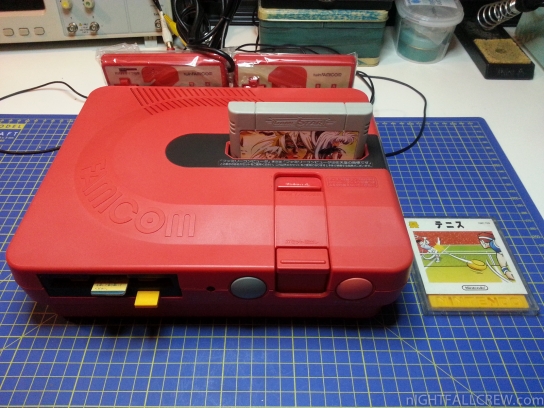
I have repaired the Sharp Twin Famicom AN-500R for a dear friend.
Sharp Twin Famicom AN-500R Repair.
Defects:
Fix:
The microphone is mixed into the output signal, if the contacts of the volume slider are dirty you hear a background noise which disturbs the in game audio.
Gallery:
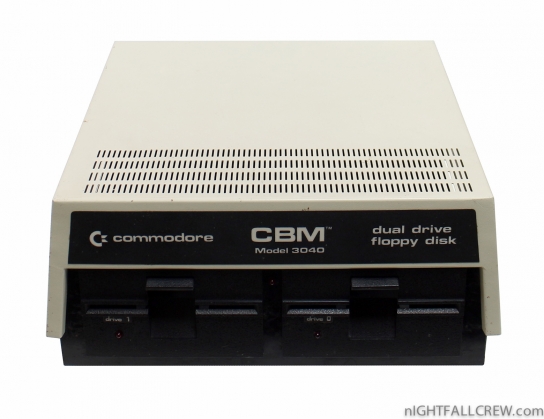
The Commodore 3040 it’s a dual drive 5¼” floppy disk subsystem for Commodore International computers. It uses a wide case form, and uses the IEEE-488 interface common to Commodore PET/CBM computers.
These drive models use a similar single density, single side floppy data storage format to that used by the Commodore 1541 drive, but with a slightly different data marker indicating which model originally formatted the disk. The low-level disk format was similar enough to allow reading between models, but different enough that one series of drive models could not reliably write to disks formatted with one of the other model series.
Gallery before cleaning:
Cleaning cover lock & replaced tantalum capacitors:
Gallery:
Download: CBM 2040-3040-4040-8050 Disk Drive Manual (2096)
source: wikipedia
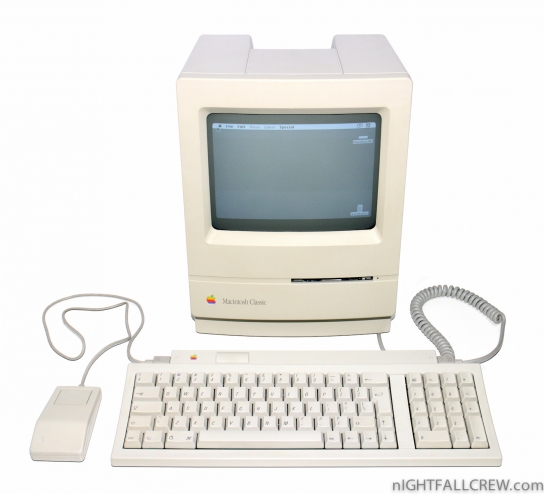
The Macintosh Classic is a personal computer manufactured by Apple Inc.. Introduced on October 15, 1990, it was the first Apple Macintosh to sell for less than US$1,000. Production of the Classic was prompted by the success of the Macintosh Plus and the Macintosh SE. The system specifications of the Classic were very similar to its predecessors, with the same 9-inch (23 cm) monochrome CRT display, 512×342 pixel resolution, and 4 megabyte (MB) memory limit of the older Macintosh computers.
Apple’s decision to not update the Classic with newer technology such as a 68010 CPU, higher RAM capacity or color display ensured compatibility with the Mac’s by-then healthy software base as well as enabled it to fit the lower price Apple intended for it. Nevertheless, the Classic featured several improvements over the aging Macintosh Plus, which it replaced as Apple’s low-end Mac computer. It was up to 25 percent faster than the Plus and included an Apple SuperDrive 3.5-inch (9 cm) floppy disk drive as standard.
The Classic was an adaptation of Jerry Manock’s and Terry Oyama’s 1984 Macintosh 128K industrial design, as had been the earlier Macintosh SE. Apple released two versions that ranged in price from $1,000 to $1,500. Reviewer reactions were mixed; most focused on the slow processor performance and lack of expansion slots. The consensus was that the Classic was only useful for word processing, spreadsheets and databases. The price and the availability of education software led to the Classic’s popularity in education. It was sold alongside the more powerful Macintosh Classic II in 1991 until its discontinuation the next year.
Gallery:
Macintosh Classic reCap:
source: wikipedia
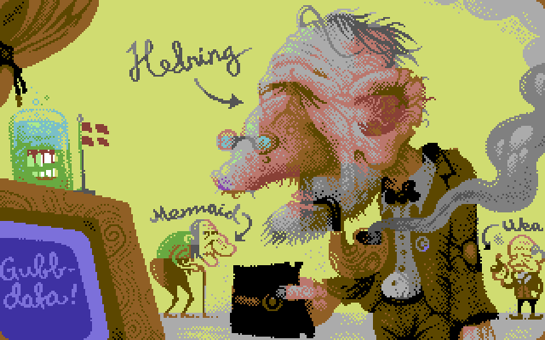
This is the official demo party results from Gubbdata 2015 (Top 3 Entries only). See also the CSDB GUBBDATA 2015 section for more informations.
C64 Demo:
C64 Music:
C64 Graphics:
Download: Gubbdata 2015 Party stuff (1346)
source: gubbdata.se
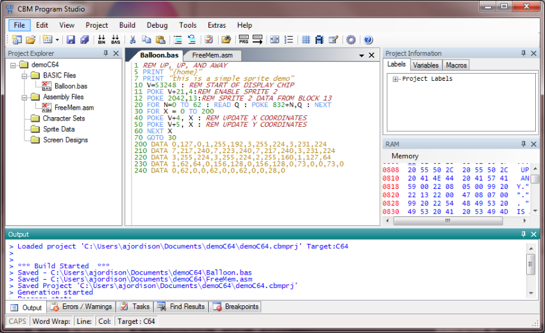
CBM prg Studio Version 3.2.2 is released. There are a lot of new features in this version. I’d really appreciate it if you report any bugs you find or have any suggestions/comments.
CBM prg Studio allows you to type a BASIC or Machine Code program in using a nice Windows environment and convert it to a ‘.prg’ file which you can run on an emulator, or even a real C64 / VIC20 or PET if you’re feeling brave and have the right kit.
CBM prg Studio is the result of merging C64PrgGen and VIC20PrgGen. Adding new features and fixing bugs in two apps which were 95% similar was a bit of a nightmare so merging them made sense.
It was also a good opportunity for a face lift and to add some new features, such as:
What CBM prg Studio isn’t is a front-end for tok64, cbmcnvrt, bastext or any other tokeniser / detokeniser / assembler. It’s all been written completely from scratch.
Improvements:
Bug Fixed:
Download: CBM prg Studio v3.2.2 (1338)
source: ajordison.co.uk
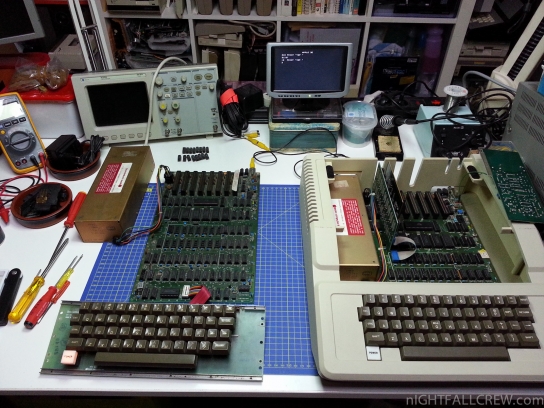
Repair Apple II EuroPlus.
This computer has taken a lot of moisture and temperature changes, it can be seen because the connectors (Apple BUS) have dried up and the plastic tends to break. In addition, some pins of the ICs are rusty, fortunately few.
The main problem of this computer, as well the removal of the usual filter capacitor inside the power supply, was that don’t accepts some basic commands (see photo)
The problem was caused by the malfunction of the PROM 341-0014. (E8)
The owner will have to decide whether to purchase the original PROM (current price €13,90 + Shipping) or use a horrible adapter to insert an EPROM 27C16 (2716) in place of a PROM.
This adapter in addition to changing the aesthetics of the original motherboard brings with it some problems.
Gallery of the repair:
source: willegal.net classic-computers.org.nz
This Floppy Drive, but probably also other models, suffer of a quite annoying problem.
The little box in aluminum placed over the head of the Floppy Drive comes off, this happens because the bioadhesive foam rubber that was used to fix the “box” on the head will dry.
This piece of aluminum that at first thing can seem absolutely useless, however it is not, because it is a balancer, without this little piece of aluminum the floppy drive head vibrates and consequently don’t read / write properly.
The replacement of the bioadhesive foam rubber is very simple.

This is the official demo party results from Forever 2015 (Top 3 Entries only). See also the CSDB FOREVER 2015 section for more informations.
C64 Demo:
C64 Music:
C64 Graphics:
C64 1K Intro:
Download: Forever 2015 Party stuff (1340)
source: forever-party.net party photo #1 party photo #2
Some new games or tools (Cracked / Trained or Unrealeased) for Commodore 64 have been released from your favorites groups.
Titles:
Download: All Games in One Archive (4249)
source: csdb.dk
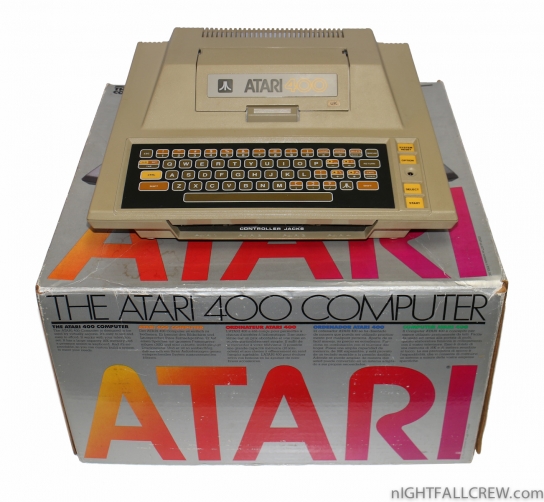
The Atari 8-bit family is a series of 8-bit home computers introduced by Atari, Inc. in 1979 and manufactured until 1992. All are based on the MOS Technology 6502 CPU running at 1.79 MHz, roughly twice that of similar designs, and were the first home computers designed with custom co-processor chips. This architecture allowed the Atari designs to offer graphics and sound capabilities that were more advanced than contemporary machines like the Apple II or Commodore PET, and gaming on the platform was a major draw – Star Raiders is widely considered the platform’s killer app. Machines with similar performance would not appear until the BBC Micro in late 1981 and the Commodore 64 in 1982.
The original Atari 400 and 800 models were released with a series of plug-n-play peripherals that used Atari’s unique “SIO” serial bus system. Over the following decade several versions of the same basic design were released, including the XL and XE series of computers and matching peripherals. All of these used the same basic logical design, with various changes to the physical layout to lower production costs as chipmaking and manufacturing processes improved over time. The early machines were expensive to build, but dependable. Later models like the XEs were greatly cost-reduced and generally not as robust. Sub-models of these later designs were sold into the eastern European market after sales of the main lineup had ended.
Overall, the Atari 8-bit computer line was a commercial success, selling two million units during its major production run between late 1979 and mid-1985, putting its sales on par with machines like the Sinclair ZX Spectrum and TI-99/4A. Its primary competition in the worldwide market was the Commodore 64, by far the best selling computer of the 8-bit era. Atari also found a strong market in Eastern Europe and had something of a renaissance in the early 1990s as these countries joined a uniting Europe. Some estimates place sales during this period at another two million units.
Atari 400 inside the package:
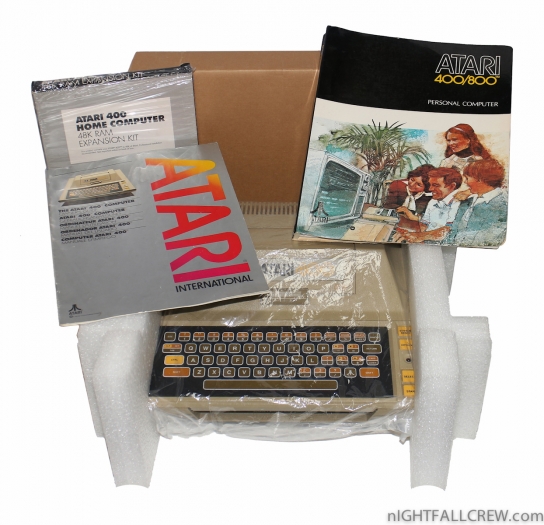
Package Contents:
Atari 825 – 80 Column printer:
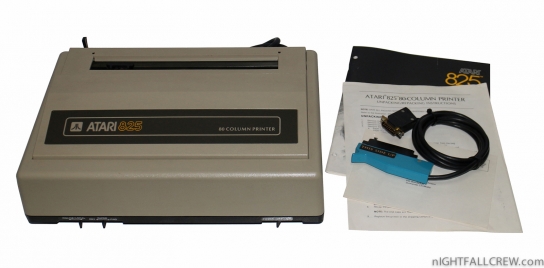
Atari introduced with its Atari 400 and 800 series computers its first 80 Column printer. The Atari 825 which actually a repackaged Centronics 737 printer. Earlier models had limited capabilities, the later 825 models with the extended basic character set had the capability of producing the Atari ATASCII graphics character set. The Atari 825 required the use of the Atari 850 interface module to allow it to communicate with the Atari 400 and 800 computer because it had a Centronic parallel interface on it instead of the Atari SIO interface which the Atari 820 and Atari 822 printers had built in.
The B Key 400:
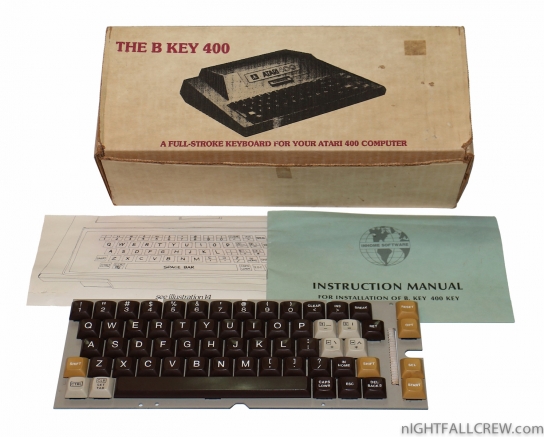
The B Key 400 is a replacement keyboard for the keyboard membrane of the Atari 400.
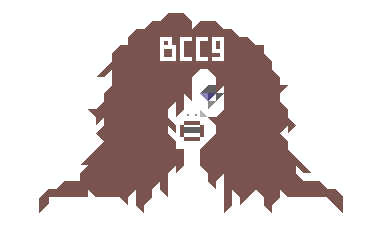
This is the official demo party results from BCC Party #9 (Top 3 Entries only). See also the CSDB BCC Party #9 section for more informations.
C64 Demo:
C64 Music:
C64 Graphics:
Mixed:
Download: BCC Party #9 Party stuff (1356)
source: csdb.dk
I finally found a time to do the replacement of all the electrolytic capacitors of my Amiga 1200 that was beginning to have serious problems of stability.
Since I had disassembled the amiga i took the opportunity to do the E127R fix that solves some problems of graphics glitches with the interface Indivision AGA 1200.
The fix is very simple to do, you need to short the E127R resistor with a jumper.
I have also replaced the original power supply of the Amiga with a ATX power supply can supply more ampere and is a little stable than the original.
Commodore Amiga 1200 Recapped:
Commodore Amiga ATX Power Supply:
E127R Amiga 1200 Indivision Fix:
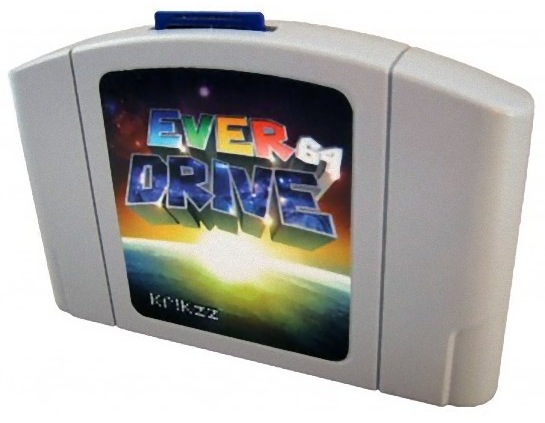
It was released a new OS Update for the Everdrive N64 Flash Cartridge (Nintendo 64) by Krikzz. The upgrade instructions can be found here.
Changelog:
Download: Everdrive N64 - OS Update v2.09 (1266)
source: krikzz.com
Recent Comments